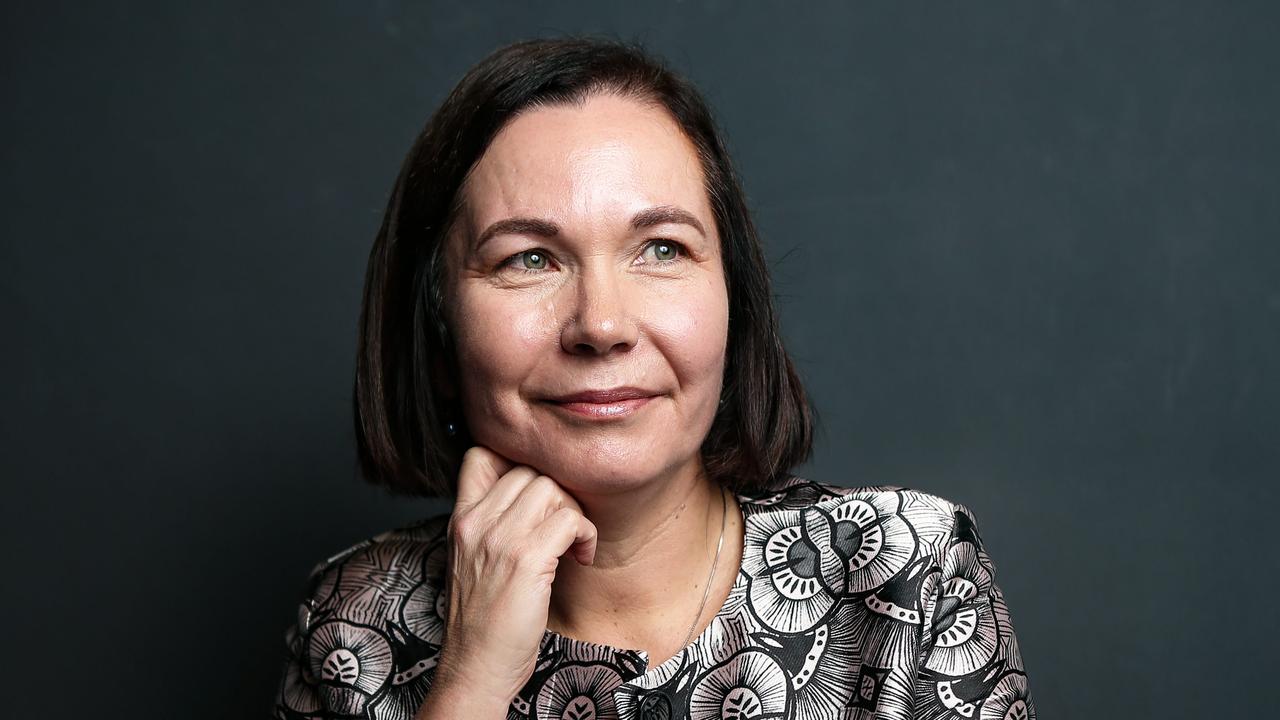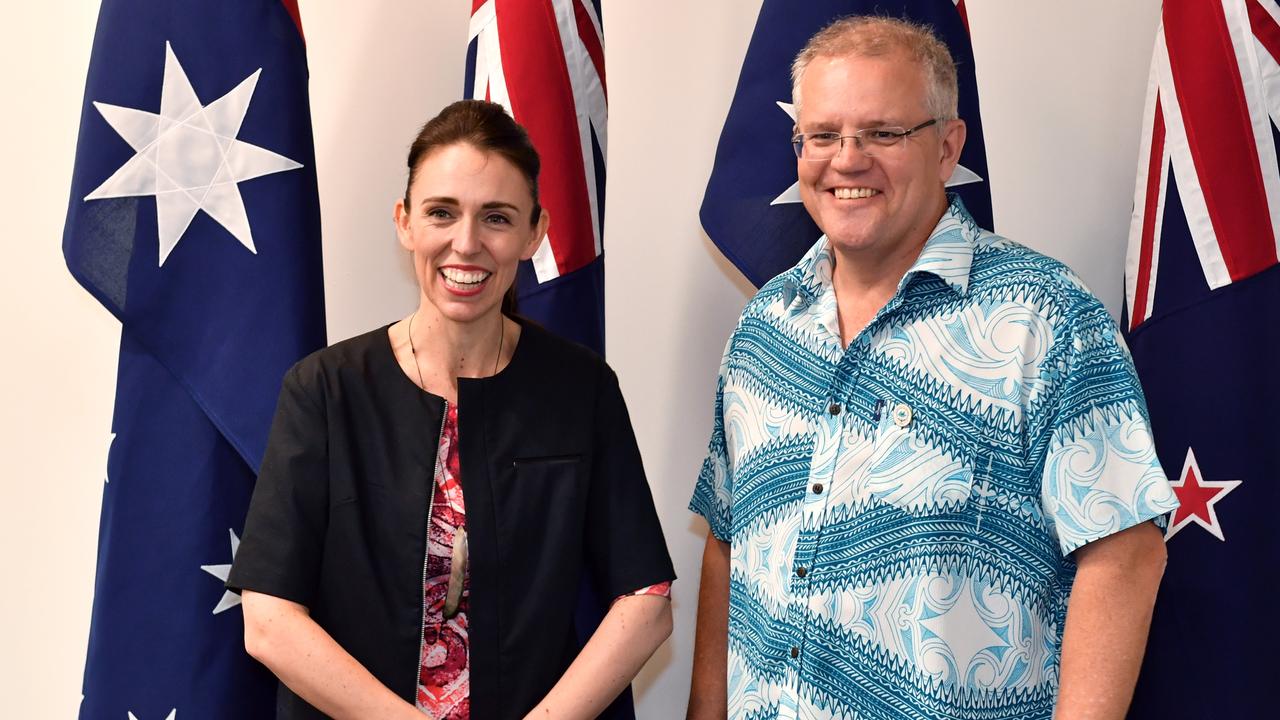ADF’s naval focus must shift from Middle East to western Pacific
Our military involvement in the Middle East dates back to the heroics of the Australian Light Horse in Palestine and Syria. Today the Australian Defence Force has a role in operations against Islamic State in Iraq and Syria, while a warship has been on station in the Persian Gulf or waters off the Horn of Africa almost constantly since 1990.
We should continue to contribute to security in that region, but the time has come to shift our main maritime effort to our area of direct strategic interest in the western Pacific, where we face increasing uncertainty and changes in the balance of power.
An increased Australian military presence is required in Southeast Asia and the southwest Pacific. From working with the US and other like-minded countries to balance China’s increasingly assertive maritime presence and contain North Korea’s aggressive nuclear weapons programs to managing the regional spillover from the collapse of the Islamic State caliphate, emerging challenges in the western Pacific will require more substantial and sophisticated responses, and not just from our military.
Although we have maintained a presence in these areas since the end of World War II, our forces have been stretched by other important priorities such as the war on terror and border protection. The need arguably has never been greater to demonstrate continuing support for regional partners and our desire for a secure region and maritime domain.
RAN ships worked well in the Middle East, most recently in interceptions that have removed hundreds of millions of dollars of illicit drugs from the global market as a potential source of finance for terrorism. But maintaining one frigate on station effectively ties up almost a third of Australia’s surface combatant force: for each vessel on deployment, another is generally engaged in training while a third undergoes maintenance. Border protection policies further stretch the navy. At the same time, challenges in maritime Asia and the Pacific are likely to increase the demand for other specialised capabilities such Wedgetail early warning aircraft, air-to-air refuellers and special forces.
As the Asia-Pacific balance of power continues to shift, Australia can no longer take a free and open region for granted. The US and other regional partners will expect Australia to play its part in maintaining freedom of navigation and other key aspects of the rules-based order from which we have benefited so much for more than 70 years.
The government has stepped up ship and aircraft patrols in the South China Sea in response to recent tensions, and greater strategic weight in the ADF’s emerging force structure — particularly a stronger maritime force — brings more flexibility to the ways in which we can contribute to the US alliance and protect our national interests. But we need to free up surface warships to increase our permanent presence in the western Pacific, which will entail curtailing and perhaps ending our longstanding Middle East maritime commitment.
Our equities in that region can be supported in other ways — for example by periodic deployments of mine hunters or navy divers. One option this would open up is the integration of individual Australian combat units into American formations. Naval surface combatants may be particularly welcome to supplement the carrier battle groups of the Seventh Fleet, whose escort forces have been depleted by accidents.
The developing capabilities of the RAN — and the ADF’s other services — will facilitate more frequent participation in bilateral and multilateral exercises such as those conducted under the Five Power Defence Arrangements.
Our maritime activities should have an emphasis on the South China Sea to demonstrate our continuing interest in maintaining international freedoms of operation and movement. The ADF’s Indo-Pacific Endeavour 2017 joint task group, which is participating in Indo-Pacific military exercises with regional partners, could mark the start of this new focus. The amphibious ship Adelaide with its army personnel and helicopters, together with three frigates and a tanker, will conduct exercises until late next month. With the US facing so many pressures, such activities may be an even more welcome demonstration of Australia’s capability and its commitment to protecting shared interests.
Likewise, Australia’s support to The Philippines’ government in the conflict with Islamist fighters in Mindanao is likely to be the precursor of further such commitments in the region. Defence will be only one element in what needs to be a fully integrated national approach to countering terrorism, and we should focus on preventive efforts. But we need to be ready to support other regional partners militarily as they work to suppress terrorism.
We also need to give priority to Australia’s work in the southwest Pacific to assist Pacific island countries in securing their maritime zones and territories against organised crime and illegal resource exploitation. This should continue to be an Australian inter-agency effort, co-ordinated with other Pacific powers, but an increased naval presence would reaffirm our commitment to a part of the world in which we have a responsibility to take the lead.
The ADF must continue to modernise under the plans laid out by the government in last year’s white paper, but it must also cope with an increasingly challenging regional security environment — including by ensuring that our force posture matches evolving priorities.
Retired rear admiral James Goldrick was a senior officer in the RAN. Andrew Shearer is a senior adviser on Asia-Pacific security at the Centre for Strategic and International Studies in Washington and was a national security adviser to prime ministers John Howard and Tony Abbott.



To join the conversation, please log in. Don't have an account? Register
Join the conversation, you are commenting as Logout